How to Find and Care for Your Home's Septic Tank
It may seem strange that one of the most important parts of a home's plumbing system is one of the most difficult to locate, but this is true when you have a septic system on your property. There's a reason why this is the case: septic tanks are huge, unattractive, smelly, and give off an undesirable impression of filth. Burying them underground makes sense since it protects them from damage, allows for more open areas on your property, and obscures what would otherwise be a huge eyesore. However, concealing a tank underground might make it more difficult to locate, which is not good if you're a homeowner who has intentions for a digging project. This article provides tips to help you discover your septic system and care for it correctly.
Get Some Helpful Tools
There are a few instruments that might help you locate your septic tank. A soil probe is one such instrument. It's a small piece of metal that penetrates the dirt to discover anything buried underneath swiftly. Starting from where the sewer line exits your home, place your soil probe every two feet and follow it straight out. Your septic tank should be between 5 and 25 feet from your home, according to Home Light. This is also an excellent method for locating your lid. Septic tank covers are usually located below ground level and are seldom noticeable using the naked eye.
Consult a Map
The next step is to use a map. Using a map or blueprint is typically the simplest approach. Most jurisdictions keep records of septic tank installations at all addresses. These maps will include illustrations of the tank's specific placement on the land and dimensions to determine the exact area. Remember that landmarks vary over time based on when the tank was placed, so if there are a couple of extra shrubs or a tree nearby, don't discount that spot. If you can't find a map or other paperwork indicating the location of your septic tank, there are a few places to look to see if you can acquire access to one. The first is your county's health department. County health authorities frequently keep septic system data. You can also inquire with your town or county to see whether a property survey map is available.
Sometimes, a septic tank's location may be indicated on a survey map. Some properties are so ancient that their documentation is either incomplete or non-existent. If you can't find a map or blueprint of your home and nothing appears to be on file about it at the local county health department or another municipal agency, it may be worthwhile to create your map and documentation. That way, if you ever sell your house, the new owner will have everything they need to locate the tank and manage their septic system.
Inspect Your Property
Septic tanks are designed to be as unobtrusive as possible. After some time has gone and the grass has grown, it might be difficult to detect the visual indications that point out exactly where a septic tank was constructed. But that doesn't imply there won't be any hints pointing you toward your septic tank. First and foremost, you should rule out locations where your septic tank won't be. Patio and driveway spaces are an example. Once you've determined where your tank will not be, you may begin seeking hints as to its whereabouts. Keep an eye out for any inexplicable high or low locations on your land that might suggest an underground tank. For example, you may observe a hill or mound on your land, which is generally an indication of the presence of a septic tank.
You'll want to consider the grass or foliage in your yard when searching for your septic tank. Depending on the state of your septic system, the grass surrounding the tank may be lusher and fast-growing. If the tank was not adequately buried, you might see a "bald patch" or a spot where the grass is struggling to grow.
Follow the Main Sewer Pipe
Following your sewage lines is one of the simplest methods to locate your septic tank. These pipes are typically four inches in diameter and are commonly found in your home's basement or crawlspace. Once you've determined where these pipes exit your home, you may trace the pipe across the yard, employing a metal soil probe every two feet or so until you reach the tank.
Furthermore, every drain in the home feeds into your sewer main, which leads to your septic tank. Following the sewer line will take you directly to the septic tank. If you have exposed plumbing lines in your basement or crawlspace, one of them is most likely your main sewer line. In many situations, the plumbing line will be labeled, but if it isn't, it's normally a four-inch-diameter metal line. Check where this line exits your house and in which direction it is going, as it usually flows directly to the septic tank.
Talk to Your Neighbors
If your neighbors have septic tanks, they can assist by helping you locate your tank. Ask your neighbors about the location of their septic tanks concerning their homes. Not only can discussing septic systems with your neighbors help you find out where yours is, but it'll also serve as a nice introduction to the rest of your area.
Locate the Septic Tank Lid
Finding the tank is only the beginning of the process. After you've located your tank, the following step is to locate the lid. You can find it using your soil probe. Most septic tanks are usually rectangular and around five by eight feet in size. Locate the tank's boundaries and label the perimeter with a probe. If probing does not disclose the position of the lid or lids, a shallow excavation using a shovel within the perimeter and toward the center (or broken into half for two-compartment tanks) should. Even if you've found where your septic tank's lid(s) are, we don't advocate opening them. The tank will likely be filled with foul-smelling, if not hazardous, vapors. Be glad you located your tank, but defer any maintenance or repairs to a professional plumbing crew.
Additionally, it would help to keep the area visible now that you've gone through the trouble of identifying your tank, uncovering the lids, and putting in risers, so you don't have to repeat the same process the next time your septic tank needs repair.
Taking Care of the Septic Tank
Maintaining your tank properly may save you hundreds of dollars. It may cost a few hundred dollars to maintain your system every few years, but this is far less than the thousands of dollars it may cost to replace or fix a broken tank or faulty septic system. Treating the toilet or drain like garbage cans and using less water overall are two strategies to care for your septic tank and system. Paper towels, face wipes, and cat litter are items that should not be flushed. Do not pour solid meals, cooking oil, or pharmaceuticals down the kitchen sink drain.
Adding low-flow faucets and toilets can also help you save water in your home. Another alternative is to be cautious while using water-intensive equipment. For example, you don't want to be washing bag after bag of clothing or operating your clothes washer and dishwasher simultaneously.
You can also ask your septic service to help you locate your tank when they need to empty it for the first time. Do you need septic tank maintenance for your home? Don't hesitate to give us a call at Reliable Septic and Services to get it done by a septic tank professional.
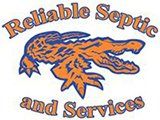
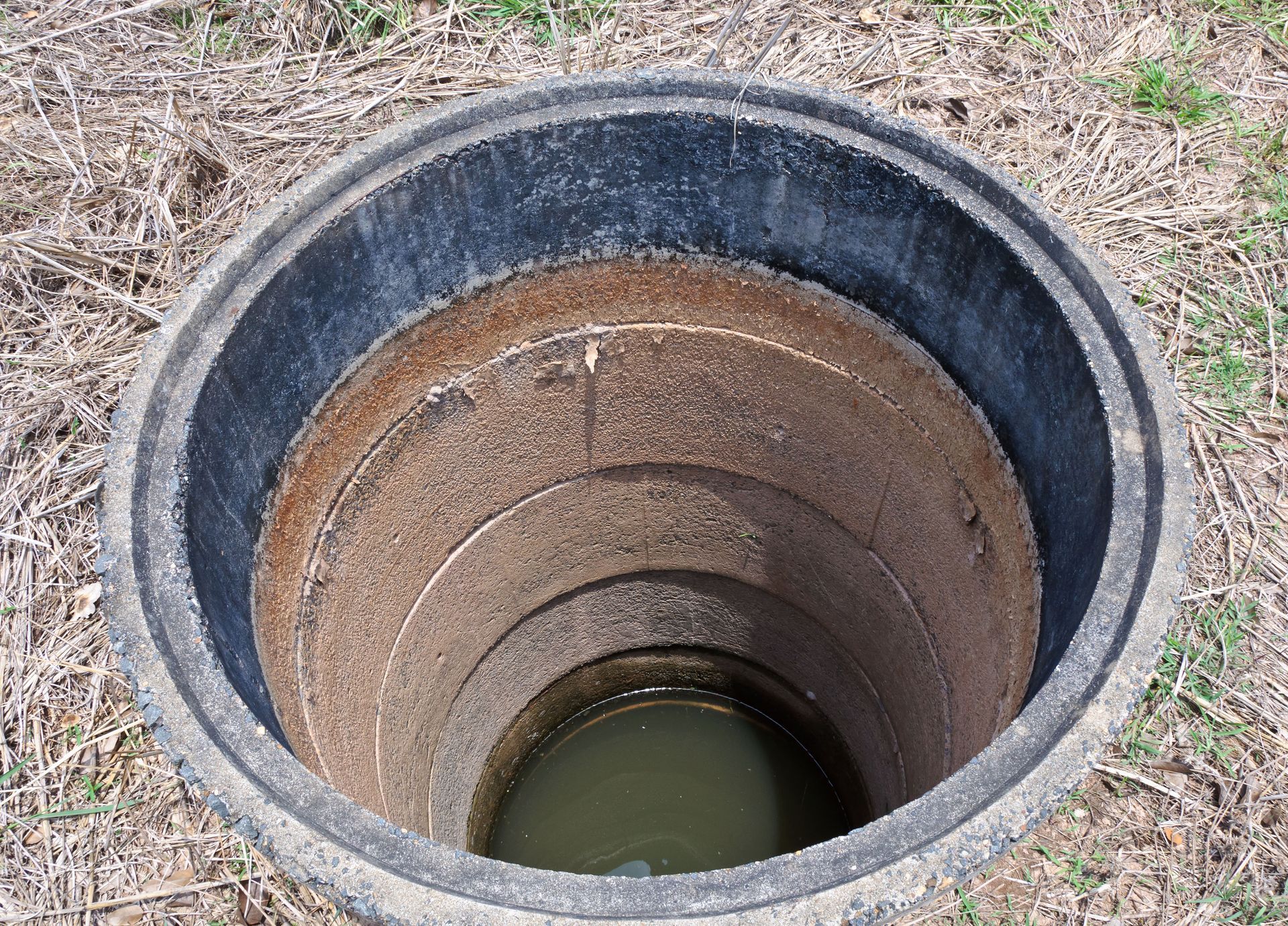
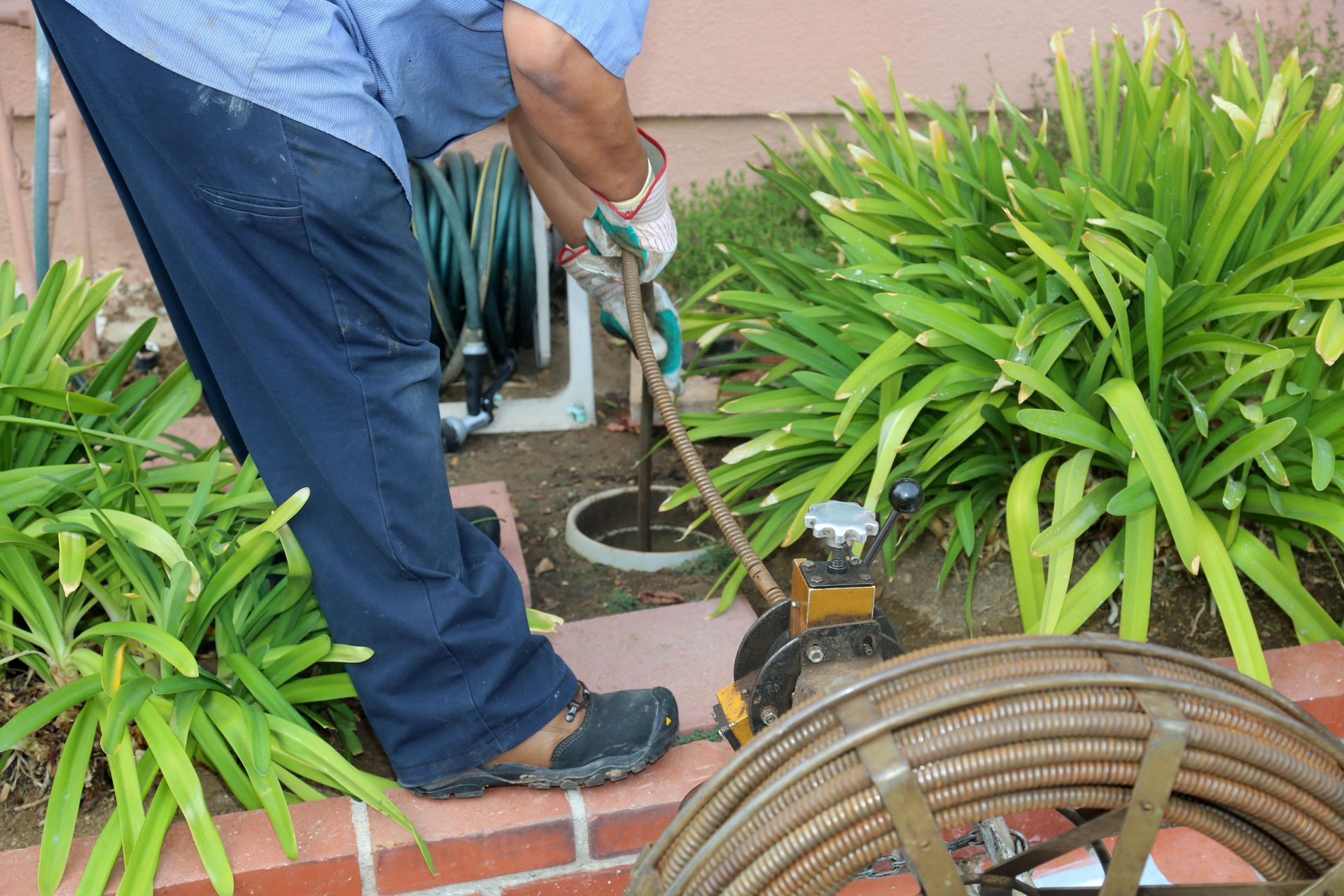
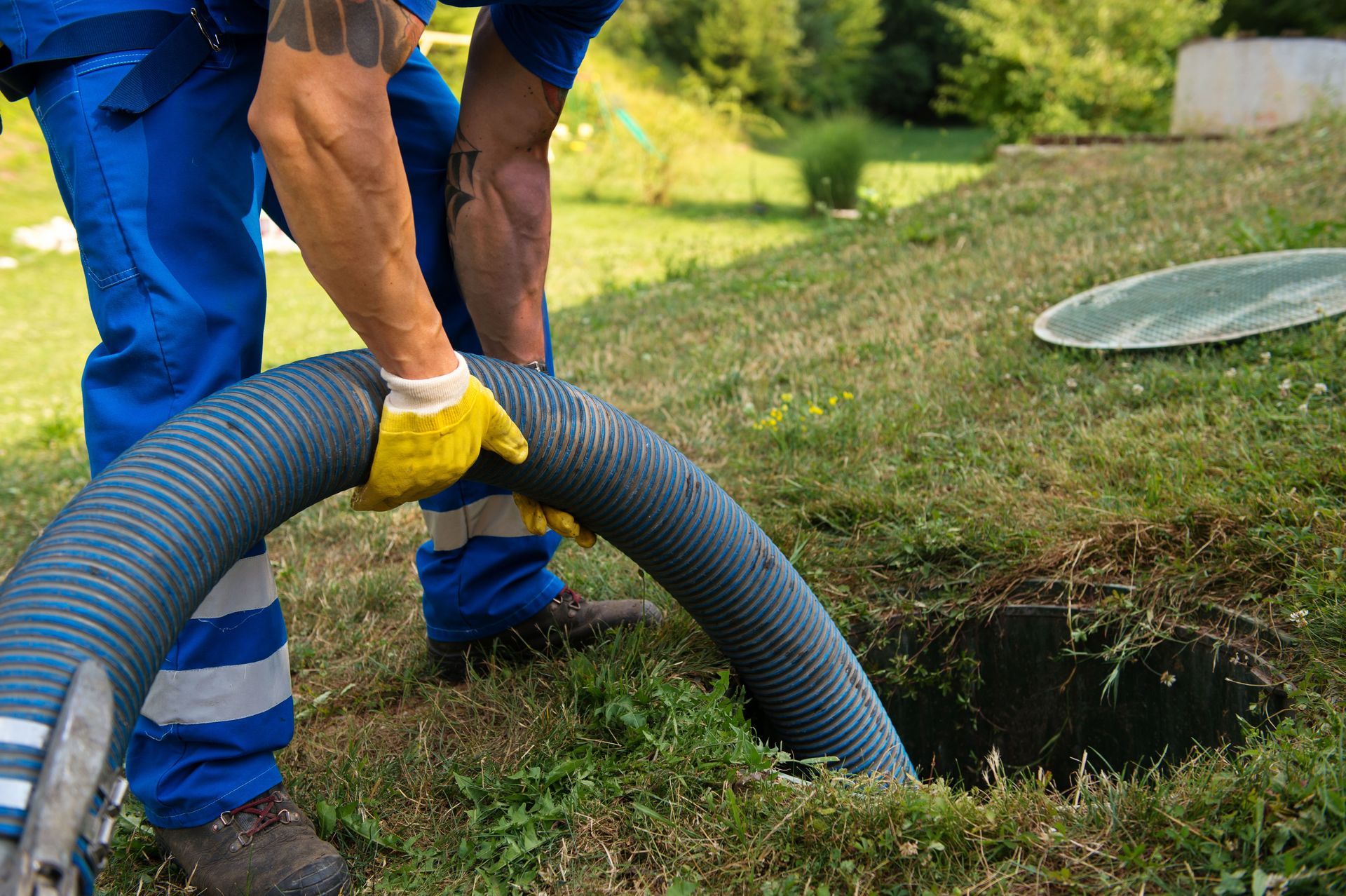
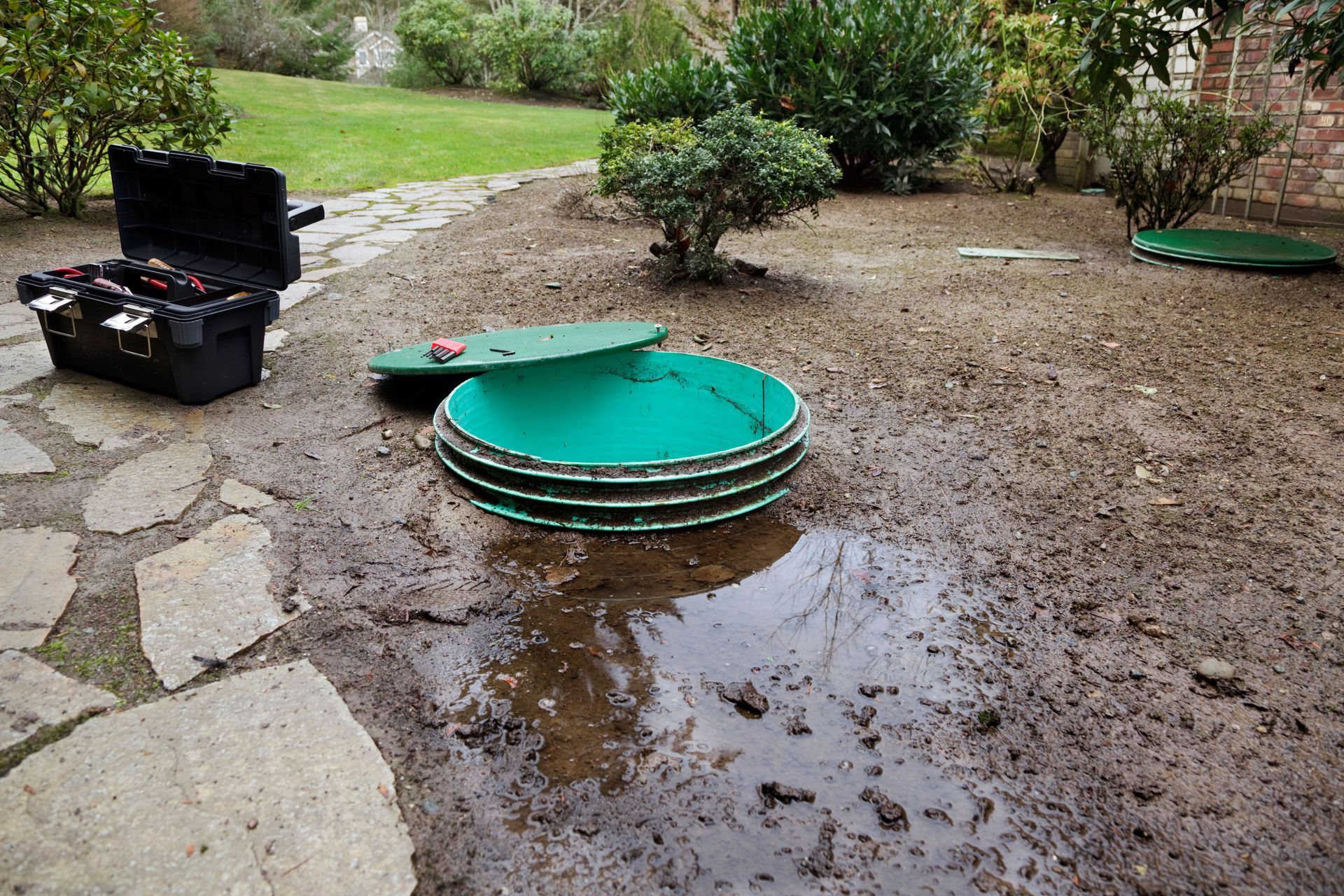
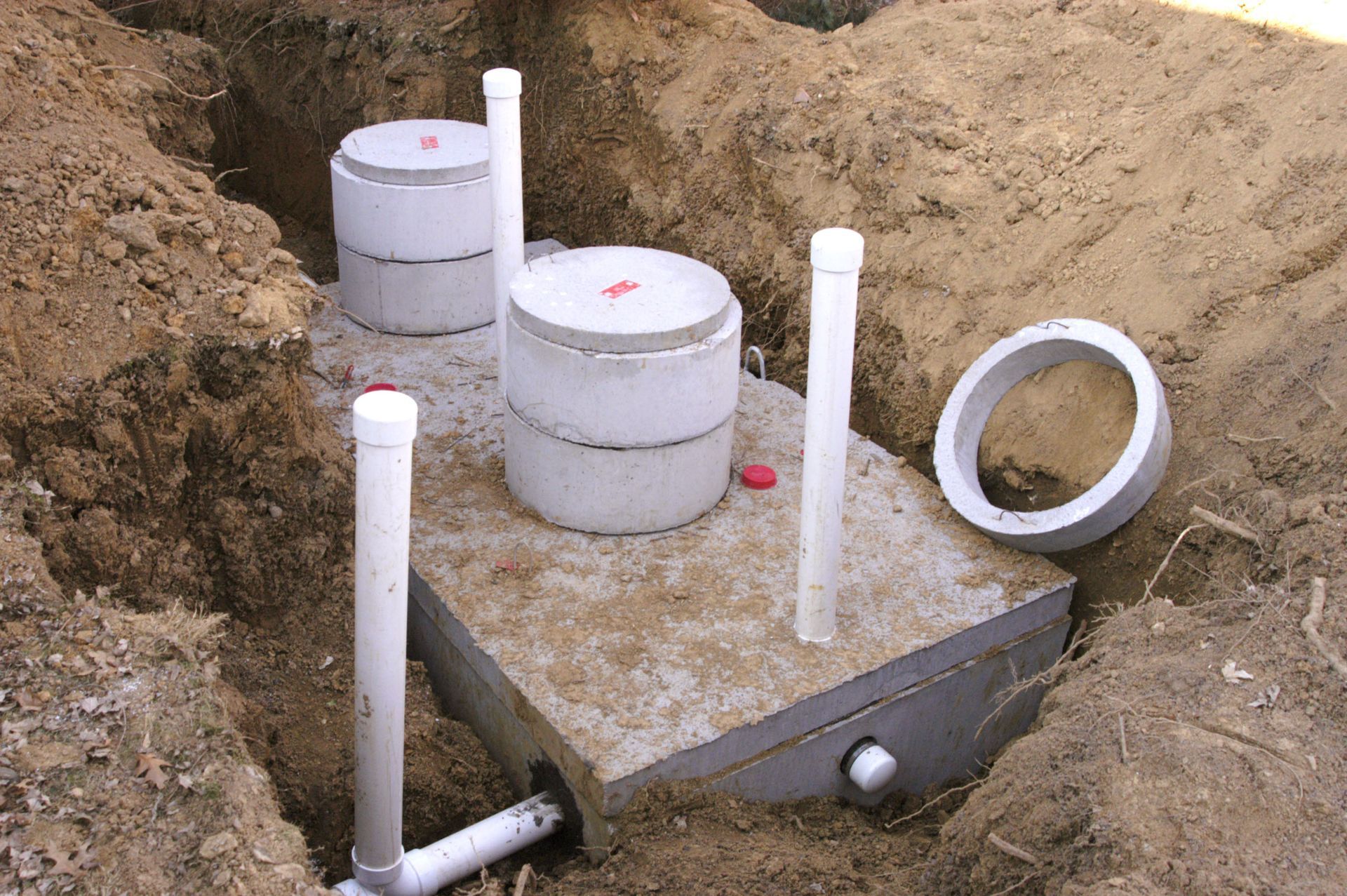

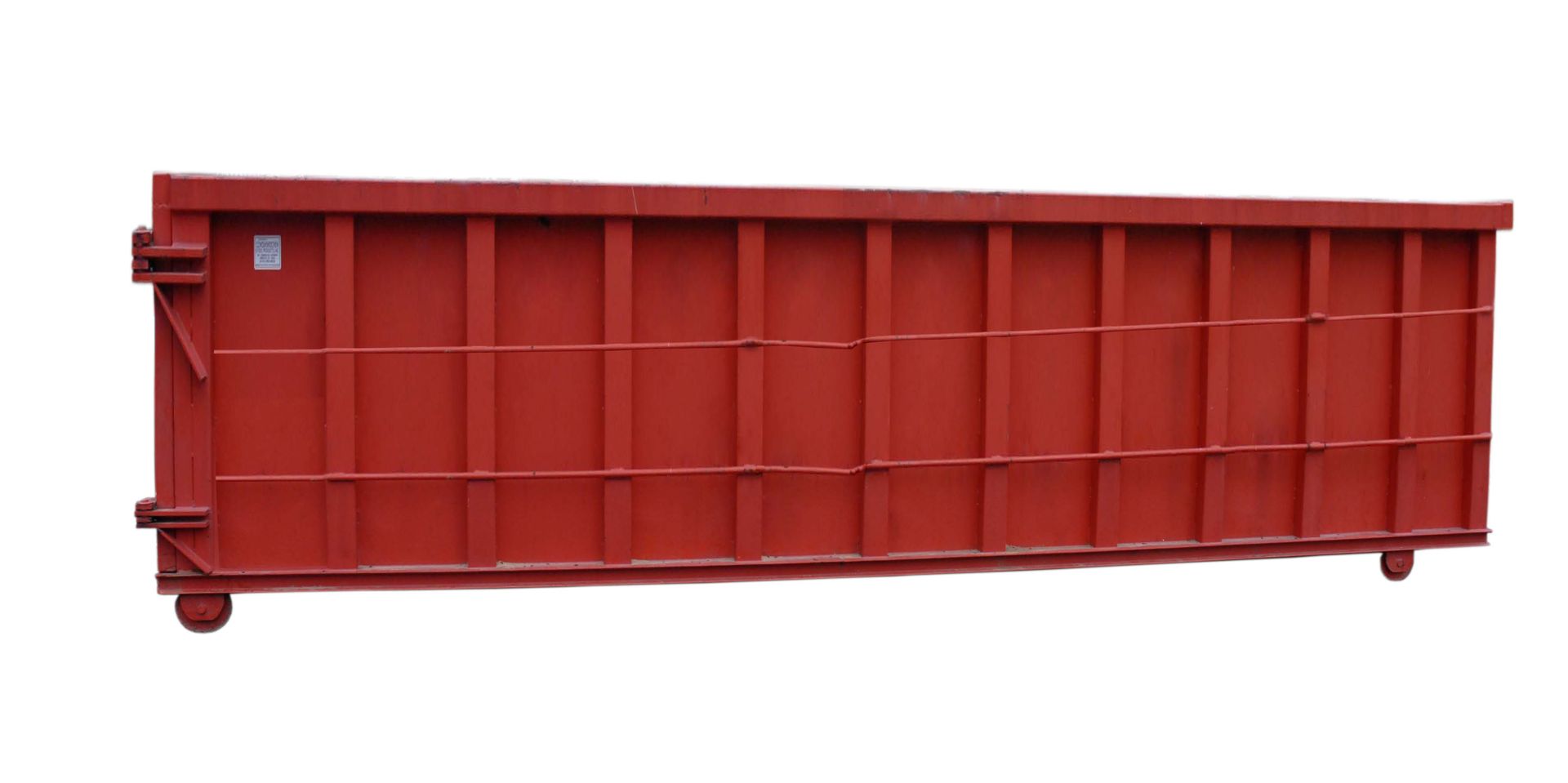


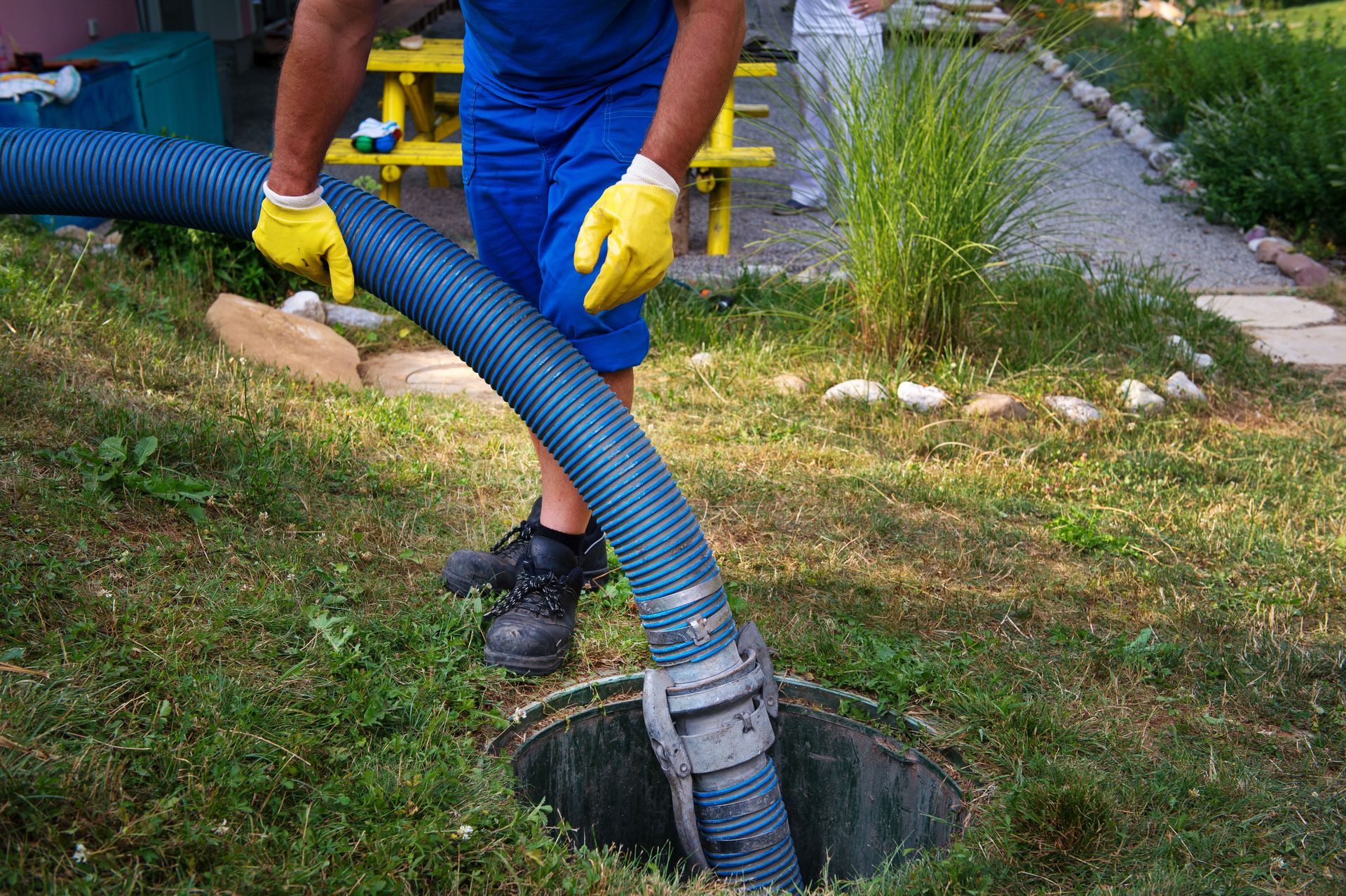
Share On: